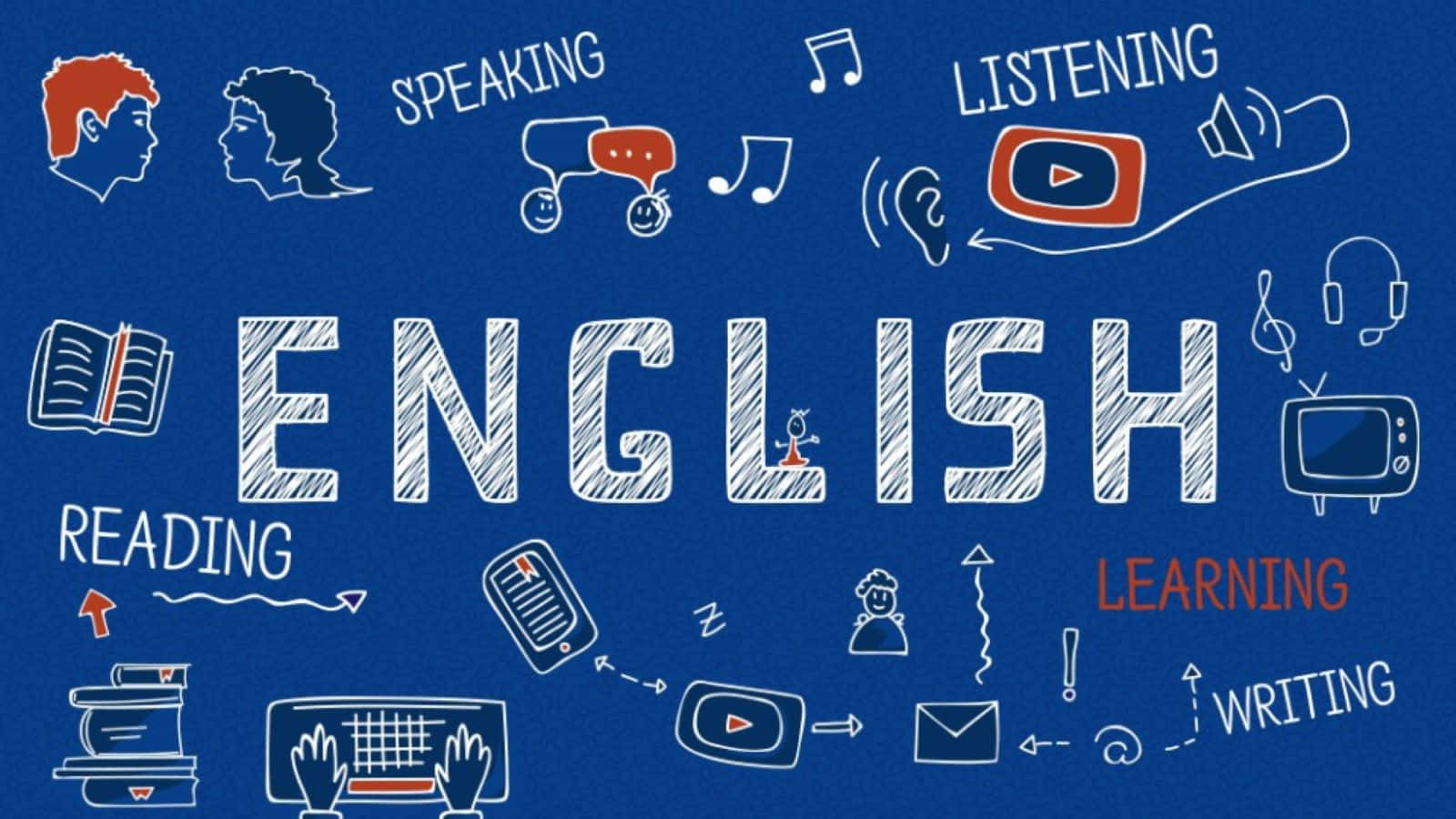The English language, an intricate tapestry woven through centuries of human interaction, serves not only as a tool for communication but also as a vehicle for cultural diffusion. What do we mean by cultural diffusion? It encompasses the spread of cultural beliefs, social activities, and linguistic elements among populations, transcending geographical and temporal boundaries. This phenomenon has profoundly shaped the English language, resulting in a diverse linguistic map that reflects a multitude of influences. But let’s consider: how might the diffusion of the English language serve as both a unifying force and a dilemma for cultural preservation?
To embrace this inquiry, we must first delve into the origins of English. Emerging from the Germanic dialects brought to the British Isles by Anglo-Saxon settlers, English was initially a localized language. However, as time progressed, the Norman Conquest in 1066 introduced a significant influx of French vocabulary and syntax, exponentially expanding the lexicon and grammatical structure of English. Thus, the English language began evolving, absorbing elements from French, Latin, Norse, and later, a myriad of global languages through colonization and trade.
Charting the cultural diffusion of English reveals its extraordinary adaptability, particularly in regions where historical conquests and migrations facilitated such exchanges. For example, in the Caribbean, English navigated through the terrain of African pidgins and creoles, resulting in distinct variations such as Jamaican Patois. This dialect exemplifies how English is not monolithic but rather a mosaic of linguistic characteristics influenced by local cultures.
As English proliferated globally, it became a lingua franca—a common language that bridges communication gaps among speakers of diverse native tongues. In many parts of Africa and Asia, English assumes a vital role in education, commerce, and governance. However, this raises critical questions: is the supremacy of English necessarily advantageous? Could the dominance of a single language jeopardize the rich variety of indigenous languages and dialects worldwide?
Indeed, many languages are already under threat as English expands its reach. According to linguistic experts, approximately half of the world’s languages are expected to face extinction by the end of the 21st century. This phenomenon underscores a crucial tension: as the English language becomes synonymous with opportunity and modernity, the cultural identities tied to native languages may dwindle. How can societies strike a balance that allows English to coexist alongside indigenous languages and cultures?
The English language’s cultural diffusion map extends to its presence in technology and media. The advent of the internet has further propelled English as the dominant language of digital discourse. This has created accessibility and networking opportunities, yet it also perpetuates the digital divide, wherein those unversed in English may be marginalized on global platforms. In this context, we need to consider: are we inadvertently fostering a homogenized digital culture at the expense of localized narratives and expressions?
Moreover, the adoption of English in business and academia often entails a paradigm shift in cultural values. Organizations worldwide may impose English as the medium of instruction or operation, which can lead to alienation among non-native speakers. This linguistic hegemony may inadvertently endorse socio-economic disparities and inhibit authentic representation of local perspectives. The challenge thus emerges: how can entities promote English while ensuring inclusivity and valuing linguistic diversity?
Additionally, one cannot overlook the cultural implications of English-language media. The global dominance of Hollywood has led to a surge in the consumption of English-language films, music, and literature, shaping cultural perceptions and ideals. While this can facilitate cultural exchange, it may simultaneously overshadow local storytelling traditions. For instance, how many cultural narratives are lost as audiences gravitate towards English-language content, inadvertently sidelining rich folklore and regional authenticity?
The proliferation of English also manifests in its adaptability in various dialects and registers. From the formalities of Received Pronunciation to the colloquialism of urban slang, English has transformed to reflect diverse regional identities. Such nuances present opportunities for creativity and expression, yet they can also lead to conflicts over linguistic propriety. As linguistic purists assert the need for standardization, how do we embrace the vernacular diversity that enriches the English language?
In conclusion, the cultural diffusion of English is a multifaceted phenomenon, offering both advantages and challenges alike. As it connects disparate cultures and enhances global communication, it also risks diluting unique linguistic identities and cultural heritages. To navigate this terrain cognizantly, societies must engage in reflective dialogue regarding the role of English in a globalized world. By fostering an environment where English can thrive alongside local languages, we can celebrate diversity rather than conformity. How will future generations engage with this linguistic legacy, and what steps will we take today to ensure that the beauty of all languages is preserved for tomorrow?
